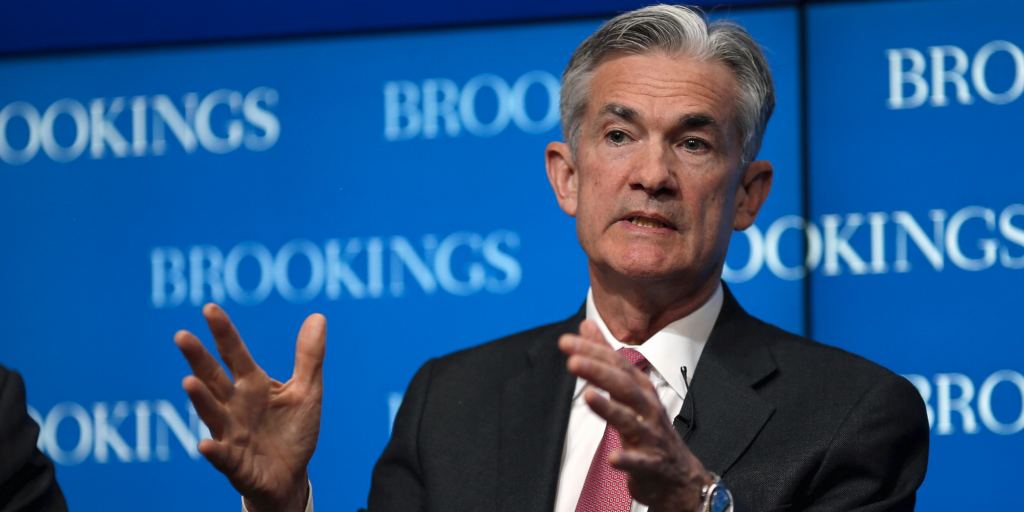- It's still likely the Fed will issue its first rate cut this June, Citi economist Veronica Clark said.
- That's because central bankers will need to support a weakening labor market, Clark told Yahoo Finance.
- The job market has shown signs of weakening in some sectors, like manufacturing.
The Federal Reserve is still likely to cut rates in June in order to prop up the labor market amid a slowdown in hiring, according to Citi economist Veronica Clark.
Speaking with Yahoo Finance this week, Clark pointed to signs of weakness in the US labor market, despite robust job growth seen so far this year. The US added 303,000 payrolls last month, according to the Bureau of Labor Statistics — the third straight month of stronger-than-anticipated hiring.
But that growth could start to slow later in 2024, Clark predicted. Manufacturing employment activity continued to contract in March, a sign that hiring is already starting to weaken in some sectors. The unemployment rate, meanwhile, has inched higher in recent months, with the total jobless rate notching a 2-year-high of 3.9% in February.
"We have a base case for June still," Clark said of rate cuts, though she noted a July Fed rate cut was also possible. "If anything, we think inflation is pretty sticky, but we think the Fed is looking at some of this labor market data … and really getting worried that we might be entering a weaker labor market."
Fed officials raised interest rates 525 basis-points over the last two years. That's helped tame inflation but has raised the risk of a recession, the first signs of which could crop up in the labor market, economists have warned.
While Clark anticipates looser Fed policy, investors have pushed back on their outlook for Fed rate cuts this year after a hotter-than-expected inflation report in March. Markets are now pricing in just one or two cuts by December, according to the CME FedWatch tool, down from as many as seven rate cuts projected at the start of 2024.
Central bankers, for their part, have suggested interest rates should remain higher for longer. The Fed needs more confidence that inflation is on track to return to its 2% price target, Powell said recently, sparking a sharp pullback in stocks in this month as investors recalibrated rate-cut expectations.
